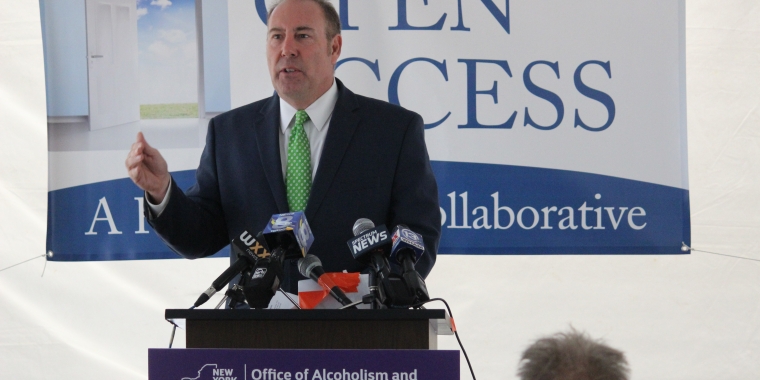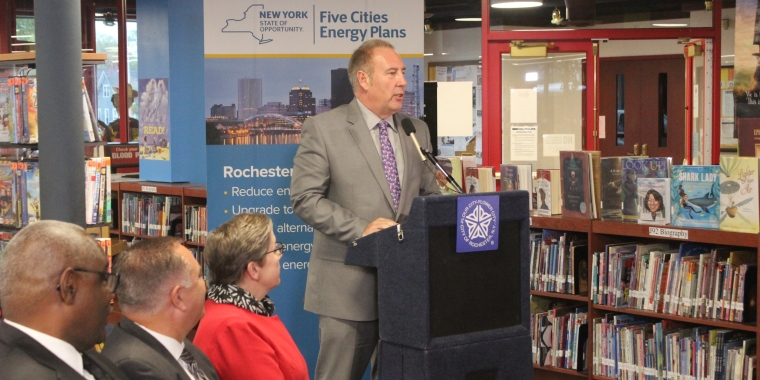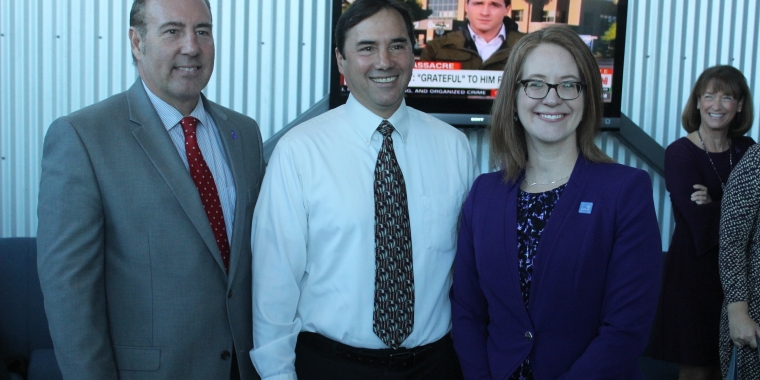
New York State Senate Passes Legislation that Would Permit the use of Self-driving Vehicle Technologies on Empire State Roadways
May 24, 2016
-
ISSUE:
- Transportation
ALBANY, NY – The New York State Senate passed legislation today that would permit the use of hands-free driving technology to improve safety and reduce congestion on state roadways.
The bill, sponsored by Senate Transportation Committee Chairman Joseph Robach, would align New York with the other 49 states in permitting automated vehicle technology under certain situations. New York is the lone state requiring motorists to keep one hand on wheel at all times, a law written long before rapidly advancing automated vehicle technologies were envisioned.
“Once thought of as unrealistic, self-driving vehicle technology has come so far that it is now being developed by carmakers nationwide, with the ultimate goal of providing safer roadways for commuters, including here in New York State. With the successful passage of this legislation, we have successfully taken steps to remove any roadblocks that might have prevented the sale of self-driving vehicles, allowing New Yorkers to have the opportunity to utilize this technology,” said Senator Robach.
Automakers and technology innovators are steadily developing hands-free driving and parking systems with the goal of reducing the number of accidents involving human error. U.S. government studies estimate those mistakes are involved in 94 percent of all accidents.
Other benefits are envisioned for automated vehicles, including smoother highway traffic flows, improved fuel efficiency, enhanced mobility for the handicapped and a reduction of urban space needed simply for parking cars.
As the bill gained momentum, Sen. Robach and other members of the legislature experienced how a leader in this mobility revolution is advancing this technology. In a static demonstration at the Empire State Plaza in Albany, an Audi A7 prototype nicknamed “Jack” featured audible and interior lighting to signal when the driver activates automated driving features and when conditions would necessitate the driver to take control of the wheel again.
Audi expects that its interpretation of automated vehicles – called Audi piloted driving – will reach U.S. showrooms in only two years with the next generation of the Audi A8 flagship sedan. “We stand before one of the biggest opportunities for the automobile to change society and for society to reimagine mobility,” said Brad Stertz, Director of Audi Government Affairs. “Today’s Senate action proves that New York is ready to explore this exciting mobility frontier with safety improvements as the top priority.”
Automated driving vehicles allow motorists to hand over driving functions to highly sophisticated driving systems that utilize sensors, cameras, laser scanners and extraordinarily powerful mobile computing the can make billions of decisions each second traveled. This innovative technology has demonstrated it can safely handle steering, braking, acceleration, maneuvering and monitoring of the highway road environment. The Audi prototype “Jack” successfully completed a 566-mile test drive from Silicon Valley to Las Vegas. More than 90 percent of the trip was achieved with the drivers’ hands off the steering wheel and feet off the pedals.
While fully autonomous vehicles are years away, automakers continue working closely with the National Highway Traffic Safety Administration ensuring that the future of automated driving meets the strictest safety standards. Automated vehicle technology should be brought to the market in a step-by-step fashion so motorists, regulators and law enforcement treat autonomous vehicle systems with the same confidence and understanding as advanced driver assistance systems.
The legislation’s next step is delivery to the New York Assembly for its consideration.
Share this Article or Press Release
Newsroom
Go to Newsroom24/7 Open Access Center
November 2, 2017

City of Rochester Awarded NYPA Grant
November 1, 2017

Recognizing October as Domestic Violence Awareness Month
October 5, 2017

